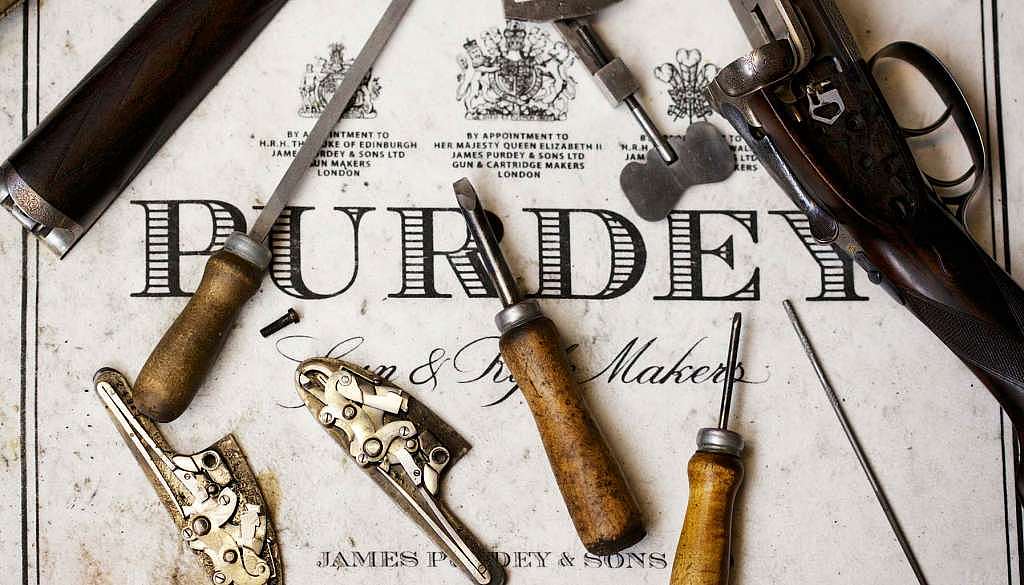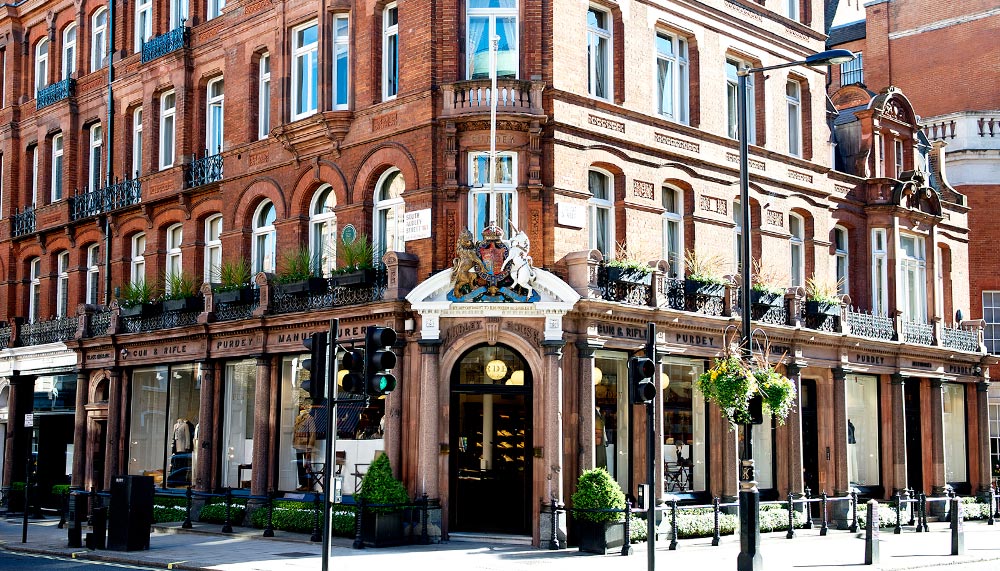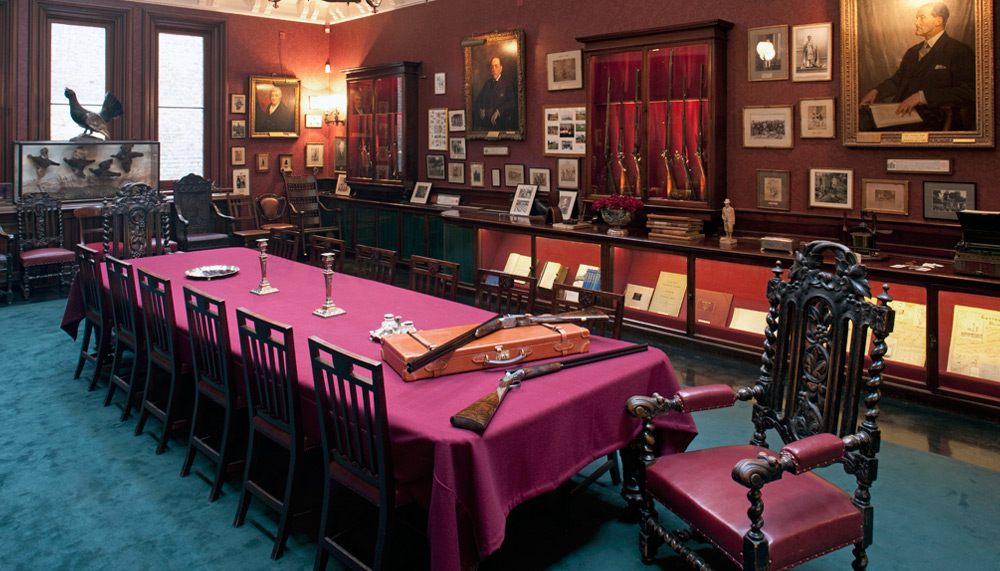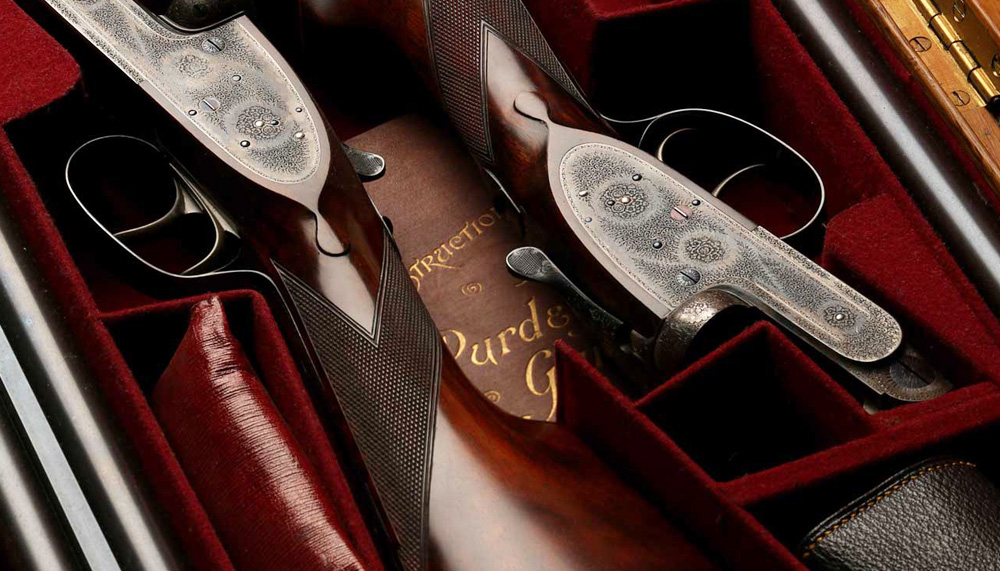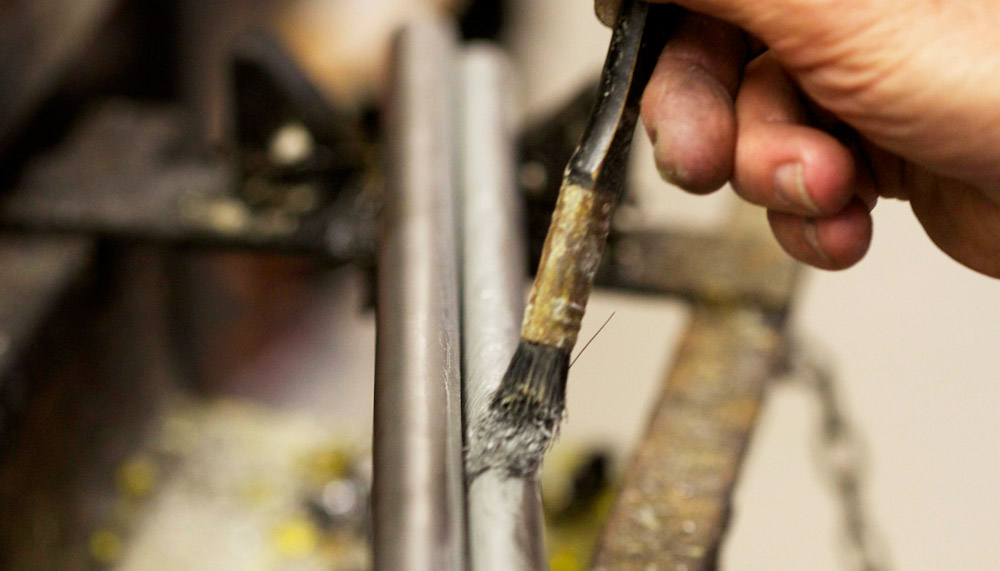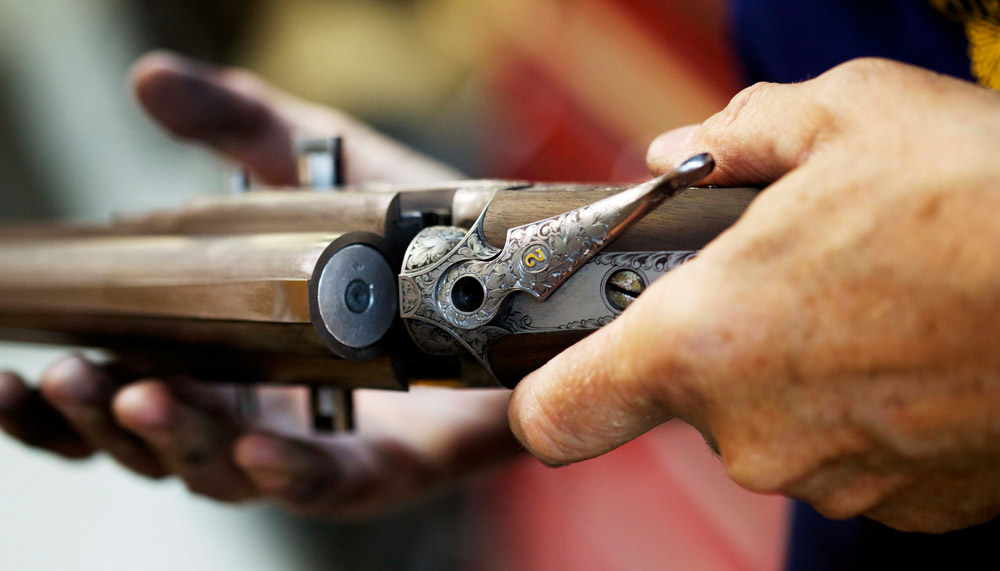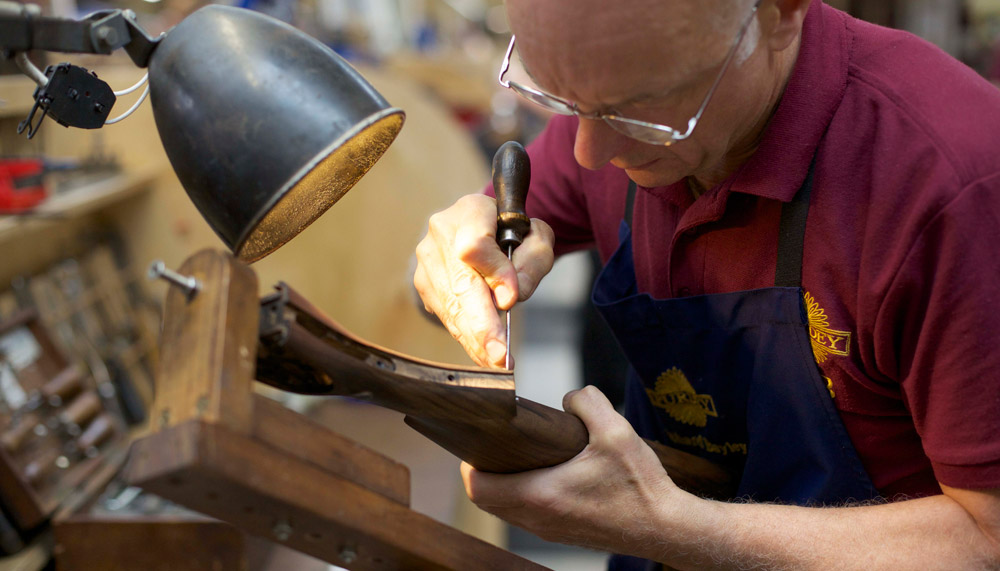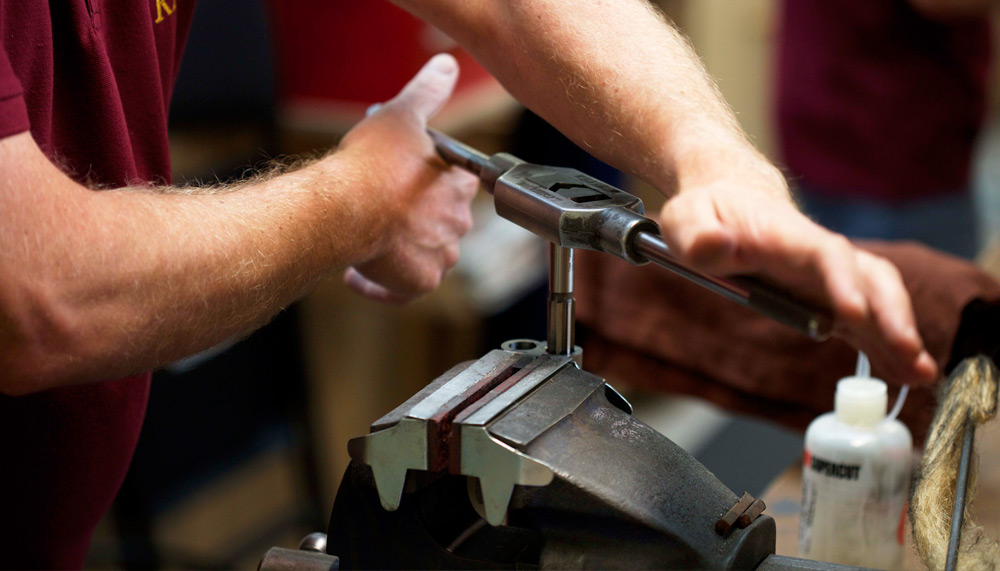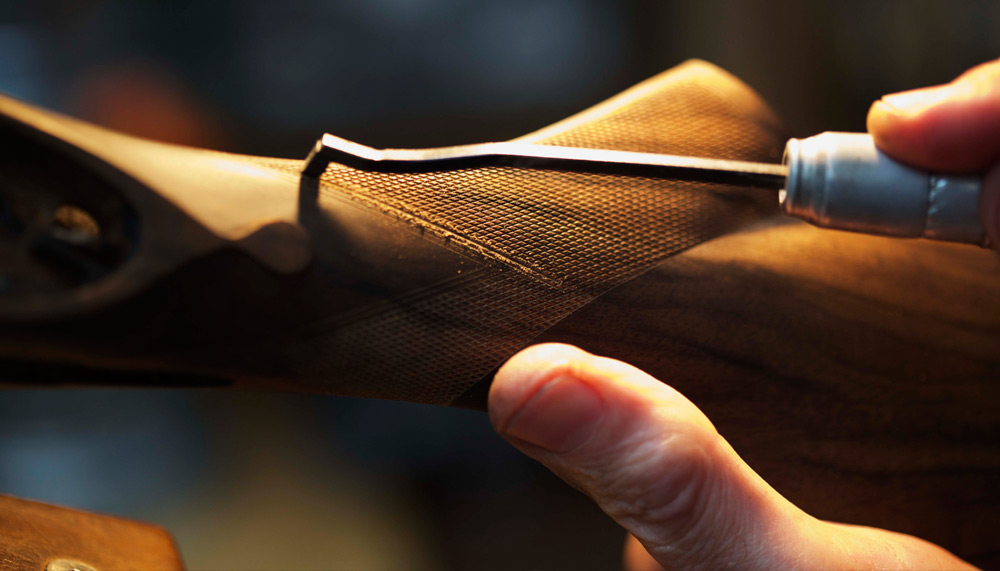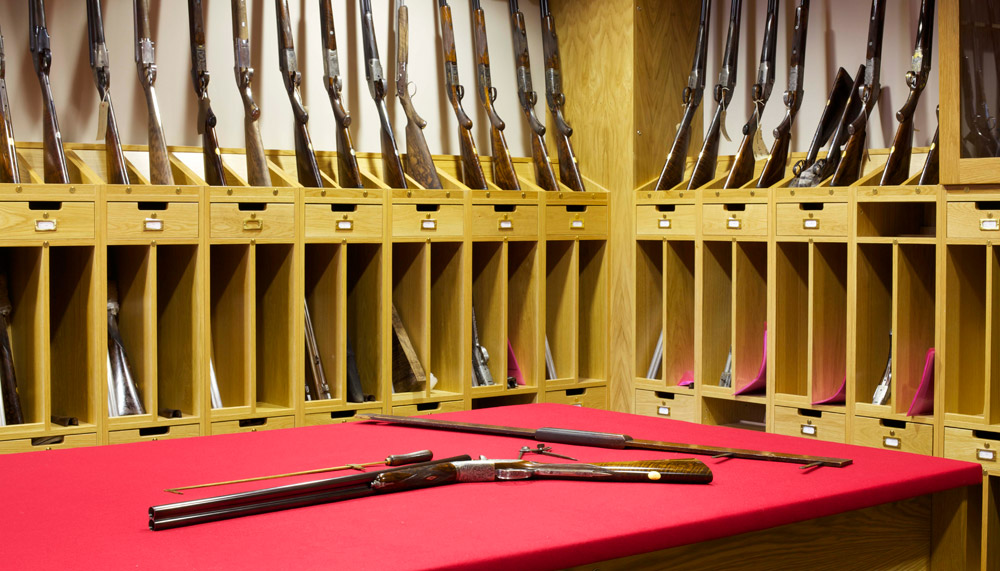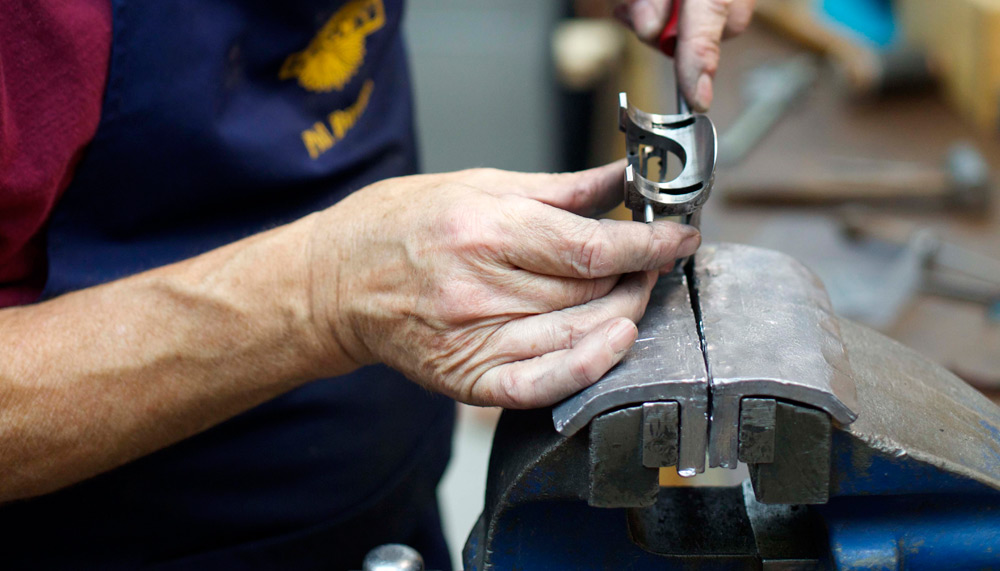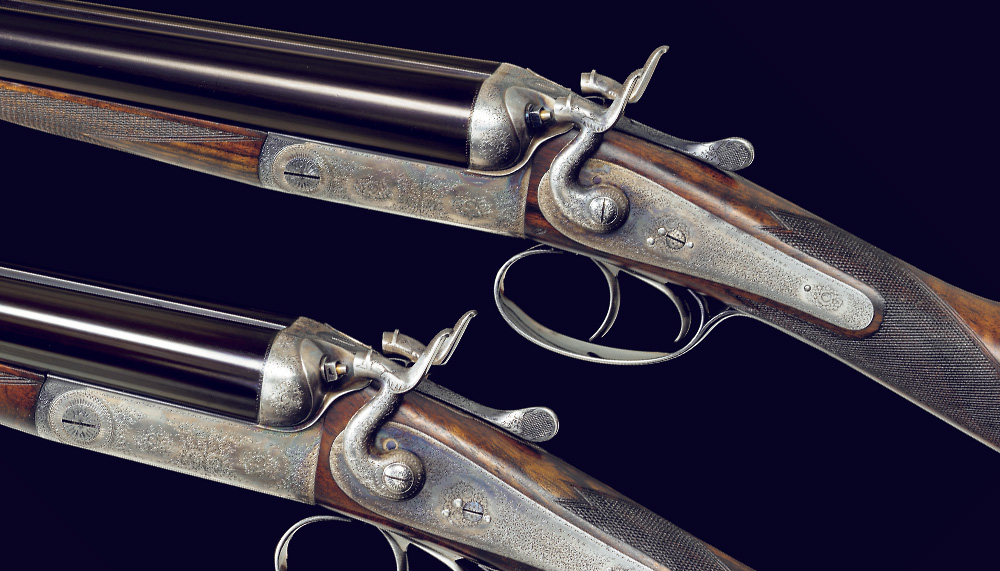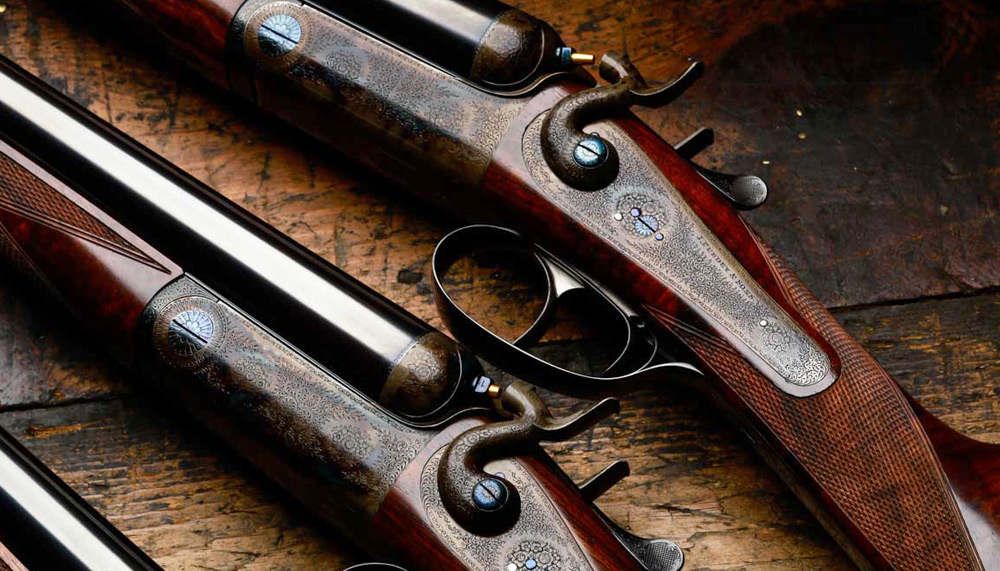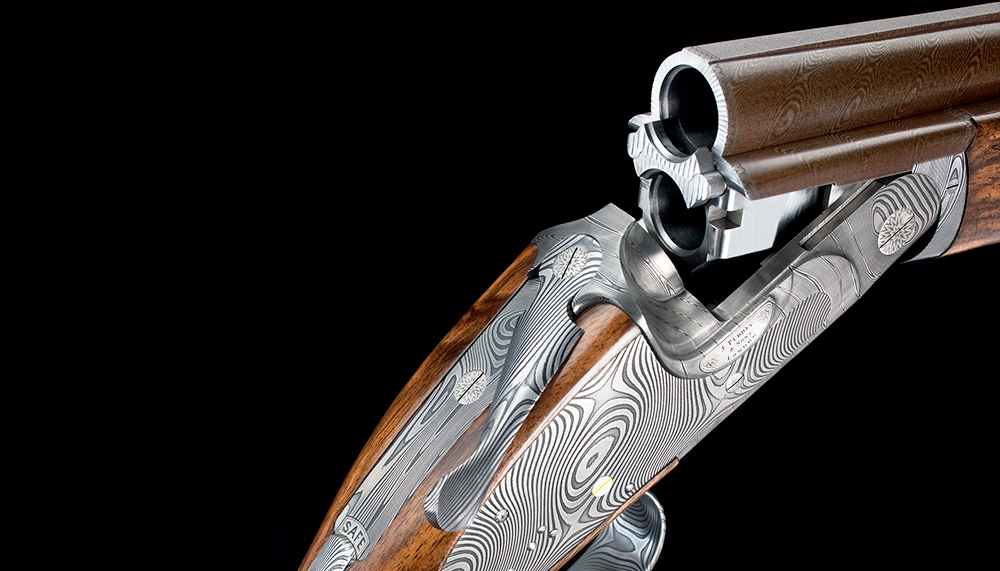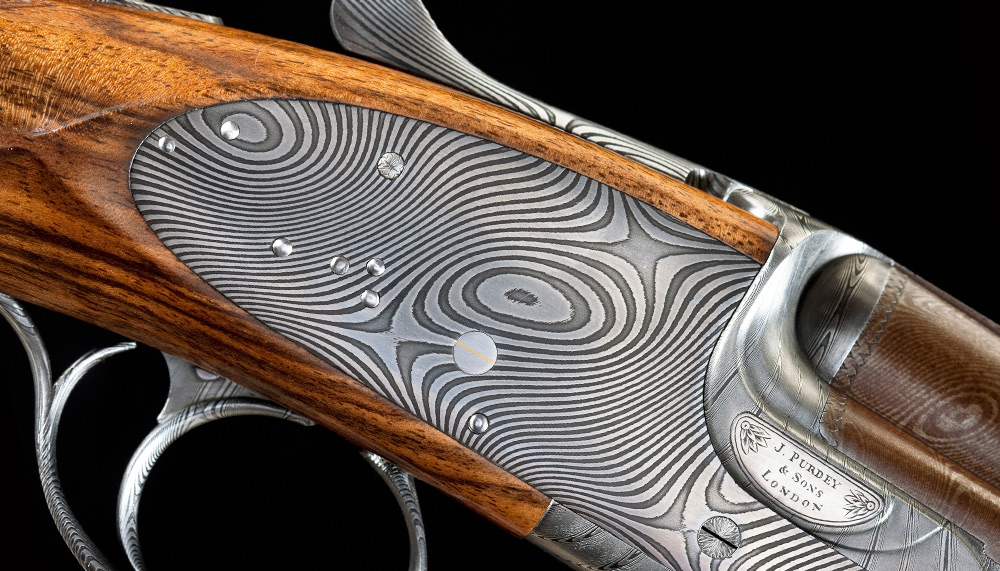Son of a gun
In the one-time gangster territory of east London, such was the fame of James Purdey & Sons that its very name became slang for a shotgun. But the British gunsmith – established by James Purdey in 1814 – has long also been the choice or more choosy types. Queen Victoria became a customer in 1838 and the company now holds three royal warrants.
Today, customers tend to be just as demanding too. Purdey’s bespoke workshops are as busy as ever, despite a likely two-year waiting time for any order to be fulfilled. Small wonder perhaps when even a ‘basic’ Purdey might take 500 man-hours to make, and another 500 to engrave. Small wonder too then that only 70 or so are made annually. The result, however, is not just an expression of one’s preferences, but a gun that better fits the owner, improving (in theory) their shooting. All the same, Purdey advises not buying bespoke if one is new to shooting. A perfectly serviceable shotgun can be bought for maybe £400 (RM2180) — though not from Purdey — and is best for the beginner.
“But we’re always happy to do what the client wants — and just about every part of a gun can be made bespoke, from the engraving to the stock, even some internal mechanisms,” says Jonathan Irby, Purdey’s head of sales. “That said, most bespoke customers still want something classically Purdey. Our only limitation is that any demand doesn’t jeopardise the function of the gun. Oh, and we might advise not to do things that might affect its its resale value. Have the image of your wife or dog engraved on your gun and it’s not surprising that its appeal may then be limited.”
Hammer Ejector Gun
Picture a period gun and it may well have a hammer or two atop it – necessarily cocked before the gun will fire. It’s antiquated. But that doesn’t mean some aficionados don’t appreciate the form – wider manufacture followed from an initial bespoke order in 2004. Irby says some even prefer the hammers because they better allow the target to be held in sight – “you look through the ‘rabbit’s ears’,” as they say”. While there is a romance to such a gun, Purdey keeps the vintage appeal in check by retaining the cartridge ejection system. Even so, a slower rate of fire requires more considered shooting.

Side By Side
Arguably the definitive Purdey, the side by side is the workhorse of bespoke guns and, looked after, will last well over a century, “and that’s with the intense use it was designed to have”, Irby notes. Remarkably, the design was perfected some 140 years ago, but its simplicity and elegance means it is just as relevant today. “Many bespoke customers want some or other version of the side by side – it’s why I grew up wanting a Purdey,” says Irby, “even though it’s one of our oldest styles.” It’s best known for the so-called Beesley action – patented in 1880, ingeniously it uses residual energy from the mainspring to open the gun and eject spent cartridges.
All-Damascus Shotgun
The first 20 bore ‘over and under’ made by Purdey, it’s a very traditional way of making a shotgun, but Purdey employs a new material specially developed in Sweden: a metal blended from two grades of high tensile steel, resulting in a unique patterning revealed through gentle acid erosion. This also means the gun cannot be engraved. Irby says the Damascus has divided opinion: “It’s rare not only in being a mix of historic detail and modern gun-making, but in being a Purdey that people either love or say it’s not to their taste at all.”
